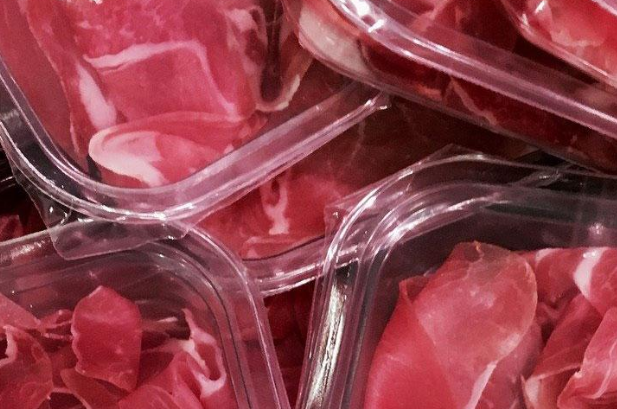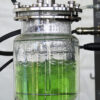
How hard-to-recycle plastic is being made as good as new
New recycling technologies currently being tested may allow plastics such as single-use food packaging, fibre-reinforced car parts and mattress foam – polymers which often wind up in landfills or are incinerated – to have more than just a second life: they can become as good as new.
Plastic waste is a growing environmental concern. About 60 million tonnes of plastics are produced in Europe every year while only 30% of it is recycled. Of all the plastic waste ever generated, 79% has ended up in landfill or as litter in the natural environment.
But as Europe transitions to a more circular economy – where materials are reused at the end of their life rather than thrown away – improvements in plastic recycling will play an important part.
Recent measures put in place by the European Commission should help make plastic more sustainable. A plastics strategy adopted in 2018 aims to tackle the problem by transforming how plastic products are designed, used and recycled. One key target is to recycle 55% of plastic packaging by 2030. Packaging has a high environmental footprint: about 40% of plastic produced is used for packaging, which is typically discarded after use.
Packaging is often made up of different types of plastic which makes it challenging to recycle. Fresh food such as meat and cheese, for example, is often protected by many layers such as lids, films and trays which aren’t made from the same type of plastic. Different plastics need to be separated before processing since they don’t blend well together during conventional recycling. But doing this can be time-consuming and costly. This means these items often aren’t recycled or may be considered impossible to recycle.
‘Normally they are landfilled or in the best case (scenario), incinerated with energy recovery,’ said Dr Elodie Bugnicourt, innovation unit leader at IRIS Technology Solutions, an engineering company in Barcelona, Spain.
Fibre-reinforced composites often face a similar fate. These plastic-based materials, strengthened with glass or carbon fibres, are used in various interior and exterior car parts, from bumpers to textile covered door panels. Since the different materials are hard to separate, they are typically incinerated at the end of their life.
Read more here...






How hard-to-recycle plastic is being made as good as new 0 reviews
Login to Write Your ReviewThere are no reviews yet.